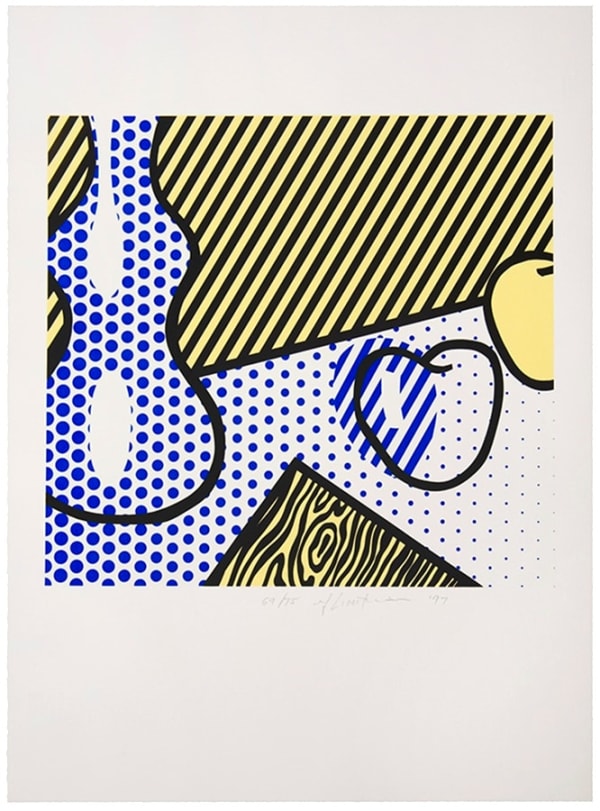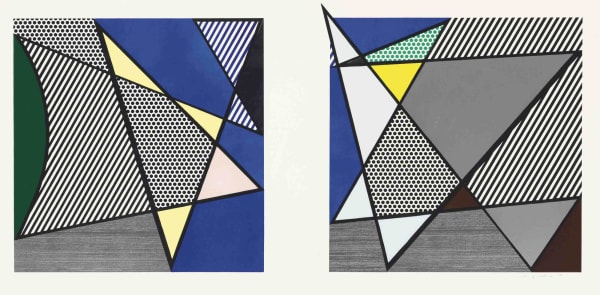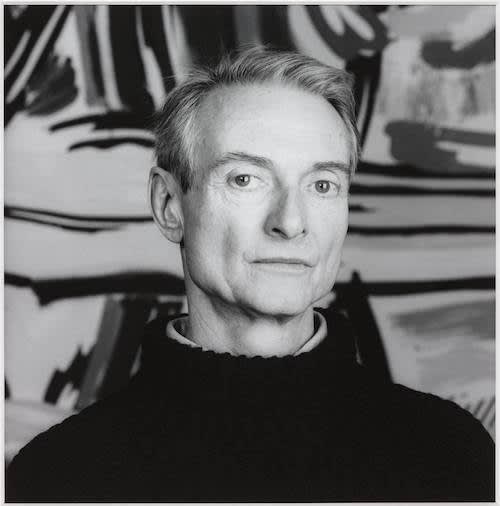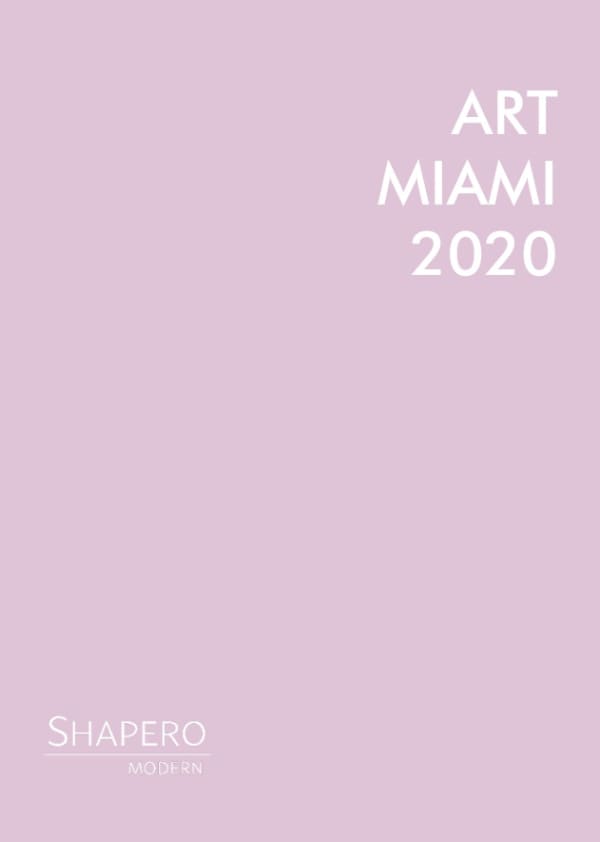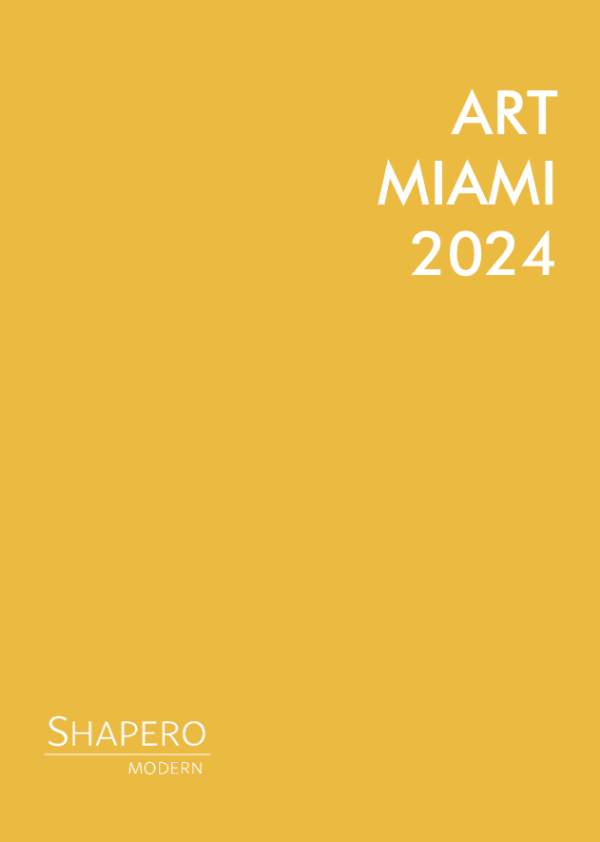Roy Lichtenstein
'Pop art looks out into the world. It doesn’t look like a painting of something, it looks like the thing itself.'
-
 Foot and Hand, 1964
Foot and Hand, 1964 -
 Entablature II, from Entablature Series, 1976
Entablature II, from Entablature Series, 1976 -
 Entablature III, from Entablature Series, 1976
Entablature III, from Entablature Series, 1976 -
 Night Scene, 1980
Night Scene, 1980 -
 Still Life, from The Geldzahler Portfolio, 1997
Still Life, from The Geldzahler Portfolio, 1997 -
 Bull I, from the Bull Profile Series, 1973 Sold
Bull I, from the Bull Profile Series, 1973 Sold -
 Road Before the Forest, from The Landscapes Series, 1985 Sold
Road Before the Forest, from The Landscapes Series, 1985 Sold -
 Imperfect Diptych, from Imperfect Series, 1988 Sold
Imperfect Diptych, from Imperfect Series, 1988 Sold -
 Bedroom: from Interior Series, 1990 Sold
Bedroom: from Interior Series, 1990 Sold -
 Water Lily, 1993 Sold
Water Lily, 1993 Sold
Send me more information on Roy Lichtenstein
Roy Lichtenstein (1923 -1997) was born in New York, into a wealthy Jewish family. He was raised on the Upper West Side of New York City and attended New York’s Dwight School, graduating from there in 1940. He became interested in art and design whilst there, enrolling in Summer Classes at the Art Students League of New York throughout high school where he worked under Reginald Marsh. Lichtenstein then left New York to study at Ohio State University for a degree in fine arts. He joined the army between 1943-46, serving as an orderly, draftsman and artist.
Lichenstein was discharged from the army and returned to his studies in Ohio, under the supervision of Hoyt L. Sherman, a huge influence on his work. Lichtenstein then was hired as an art instructor at Ohio State immediately after his own graduation, which he held for ten years. In 1949 Lichtenstein received a Master of Fine Arts degree.
Roy Lichtenstein’s first solo exhibition was at the Carlebach Gallery in New York. He fluctuated between Cubism and Expressionism. In 1957, he moved back to upstate New York with his two young sons and began teaching again. He adopted an Abstract Expressionist style and begun to incorporate cameo images of cartoon characters in his own work. In 1960, his interest in Proto-pop imagery was ignited by the influence of Kaprow, his colleague at Rutgers University.
In 1961, Leo Castelly started displaying Lichtenstein’s work at his gallery in New York. Lichtenstein had a solo exhibition at the Castelli gallery in 1962, where his entire collection was purchased by influential art dealers before the show had even publically opened. His most celebrated image is arguably Whaam! (1963) which is exhibited in the Tate Modern, London, as it is one of the earliest known examples of pop art.
In 1964, Lichtenstein began experimenting with sculpture to great success, collaborating with a ceramicist to create his famed Head of Girl (1964) and Head with Red Shadow (1965). Throughout his life, Lichtenstein also experimented with multimedia techniques, including reproducing famous paintings, murals, printing and film. From the 1970s onwards, Lichtenstein received numerous awards for his services to the arts, including the 1977 Skowhegan Medal for Painting, the 1991 Creative Arts Award in Painting, the 1995 Kyoto Prize and the 1995 National Medal of the Arts. His work has been exhibited at the Tate, London, the Pasadena Art Museum in California, and museums in Amsterdam, London, Bern and Hanover.
Several retrospectives have celebrated his career, including the “Roy Lichtenstein: Meditations on Art” in Milan, the 2010 “Roy Lichtenstein: The Black and White Drawings” at the Morgan Library & Museum and the retrospective that toured from the Art Institute of Chicago in 2012 to the National Gallery of Art in Washington. His work can be found worldwide, including at the National Gallery of Art in Washington, which holds the largest repository of the artist’s work, and the Art Institute of Chicago, the Museum Ludwig, the National Gallery of Australia, MoMa, the Centre Pompidou in Paris, and the Tate in London.
-

Summer Exhibition 2025
The Pop Art movement and its evolution into the present day 10 Jul - 31 Aug 2025This summer, Shapero Modern will be presenting a stunning group exhibition featuring blue-chip artists whose bold, colourful prints have come to define the Pop Art movement and its evolution into...Read more -

Claes Oldenburg: Multiples
The first London exhibition of Oldenburg's Multiples 8 May - 7 Jul 2025The first London exhibition of Oldenburg's Multiples opens at Shapero Modern on Bond Street Shapero Modern is pleased to announce the opening of an exhibition of Claes Oldenburg's Multiples -...Read more -

American Visions: Prints from the 20th Century
16 Sep - 20 Oct 2024A striking selection of 20th century prints by renowned American artists Frank Stella , Roy Lichtenstein , Helen Frankenthaler , Keith Haring , Robert Indiana , and Sam Francis ....Read more -

Where It Takes Me
Selected prints by Howard Jeffs RE 21 Jun - 15 Jul 2024Howard Jeffs was born in 1944 in the United Kingdom. He pursued his art education at Chelsea School of Art in the 1960s, where he developed his foundational skills and...Read more
-

Art Miami 2024
3 - 8 Dec 2024Shapero Modern is set to make its fifth appearance at Miami’s premier contemporary and modern art fair ART MIAMI 2024 (3-8 December). As the longest-established...Read more -
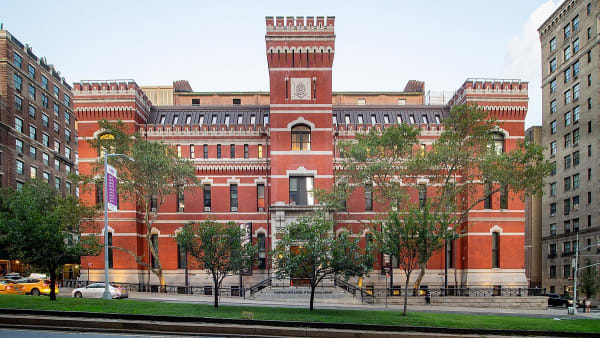
IFPDA Print Fair 2024
15 - 18 Feb 2024Shapero Modern is excited to return to New York for the IFPDA at Park Avenue Armory this 15th -18th February. Established in 1987, the IFPDA...Read more -
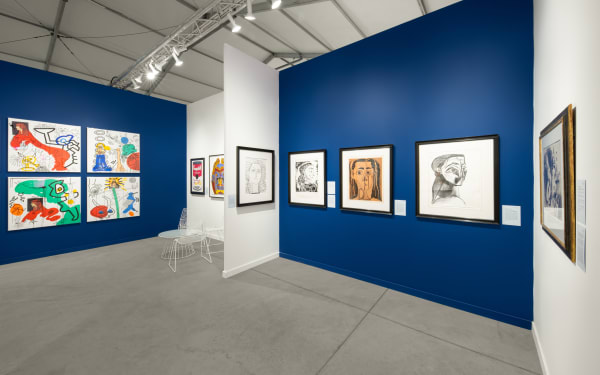
Art Miami 2023
5 - 10 Dec 2023Shapero Modern will be returning for a fourth time to Miami for America’s foremost contemporary and modern art fair. The Fair is the original and...Read more -

Frieze Masters 2023
11 - 15 Oct 2023Shapero Modern & Shapero Rare Books are honoured to be participating in the 2023 edition of FRIEZE MASTERS, located in the north-west corner of London's...Read more -

Frieze Masters 2021
13 - 17 Oct 2021Shapero Rare Books and Shapero Modern are delighted to be taking part in the 2021 edition of Frieze Masters, which will be taking place in...Read more
-
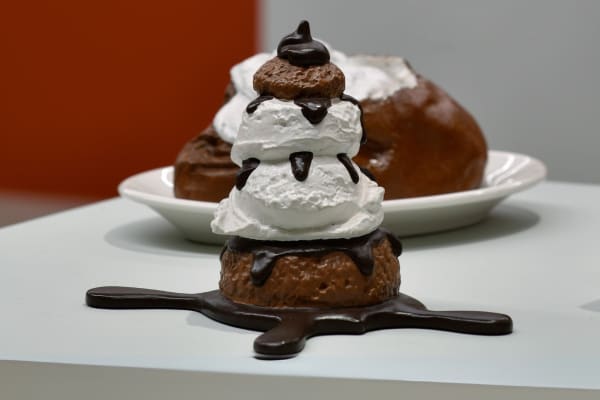
Icons of Pop Art
The revolutionary artworks of four icons of American Pop Art Jun 2, 2025Robert Rauschenberg, Signs , 1970 Robert Rauschenberg (1925–2008) was instrumental in establishing Pop Art in the United States. His innovative ‘Combines’ fused painting and sculpture...Read more -

NOW OPEN | Claes Oldenburg: Multiples
The first London exhibition of Oldenburg's Multiples May 8, 2025Claes Oldenburg NOW OPEN at Shapero Modern Claes Oldenburg: Multiples Best known for his monumental public sculptures, Oldenburg ’s artistic practice also included smaller works...Read more -
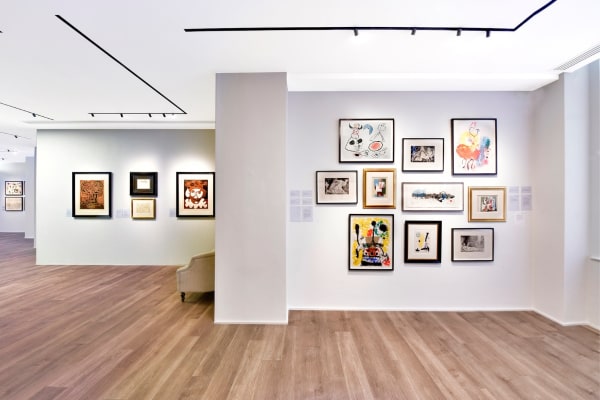
'What is a Print?' by Gallery Director Tabitha Philpott-Kent
June 25, 2021Artists have long supplemented their larger practice by making prints: original works, usually on paper, created in numbered editions and produced in collaboration with some...Read more -
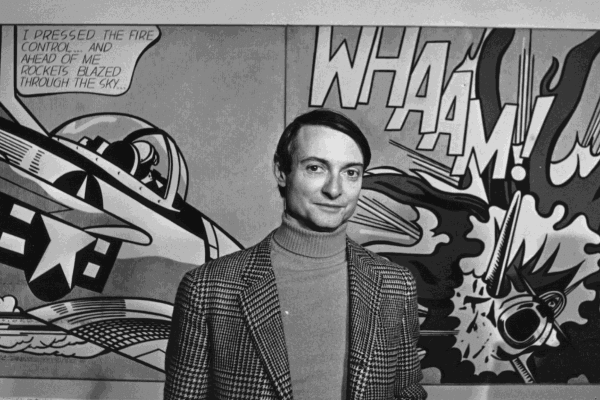
Summer Show | Roy Lichtenstein
August 10, 2022A leading figure in the American Pop Art movement, Roy Lichtenstein grounded his innovative career in imitation and parody. His earlier influences included comic strips...Read more






